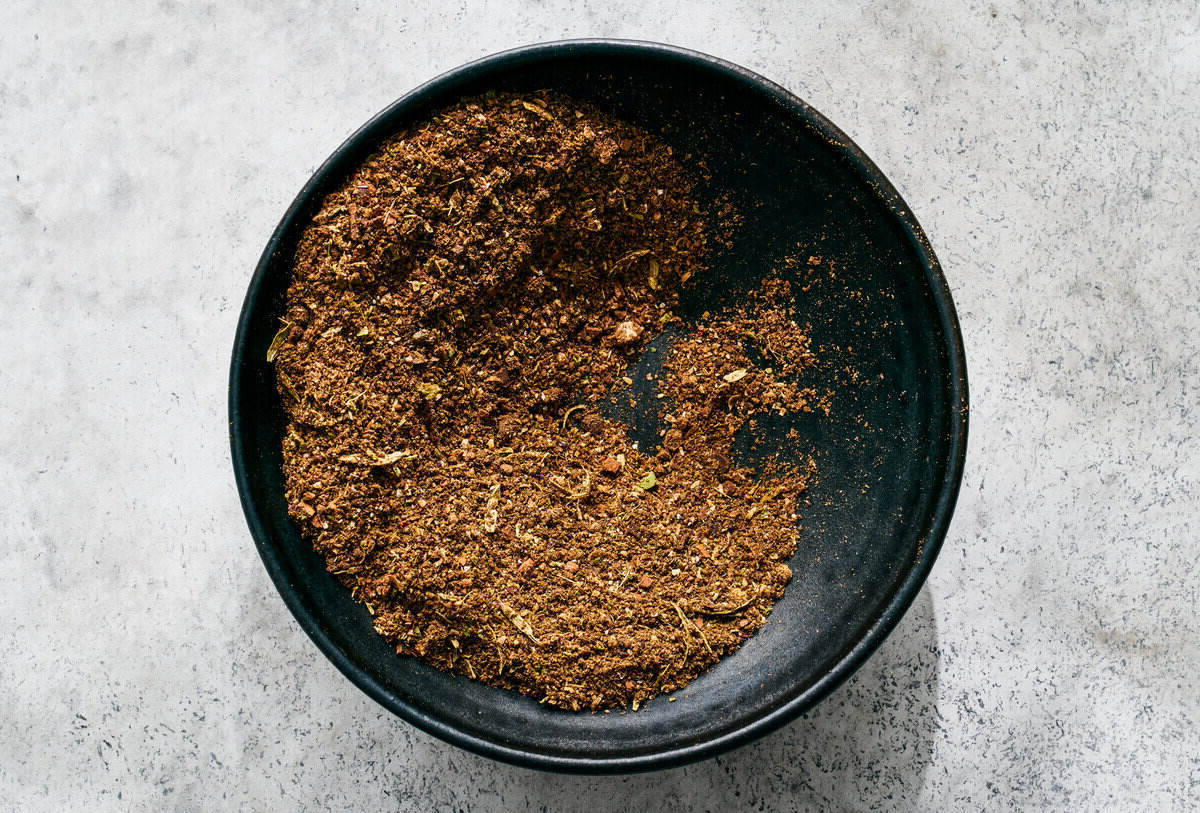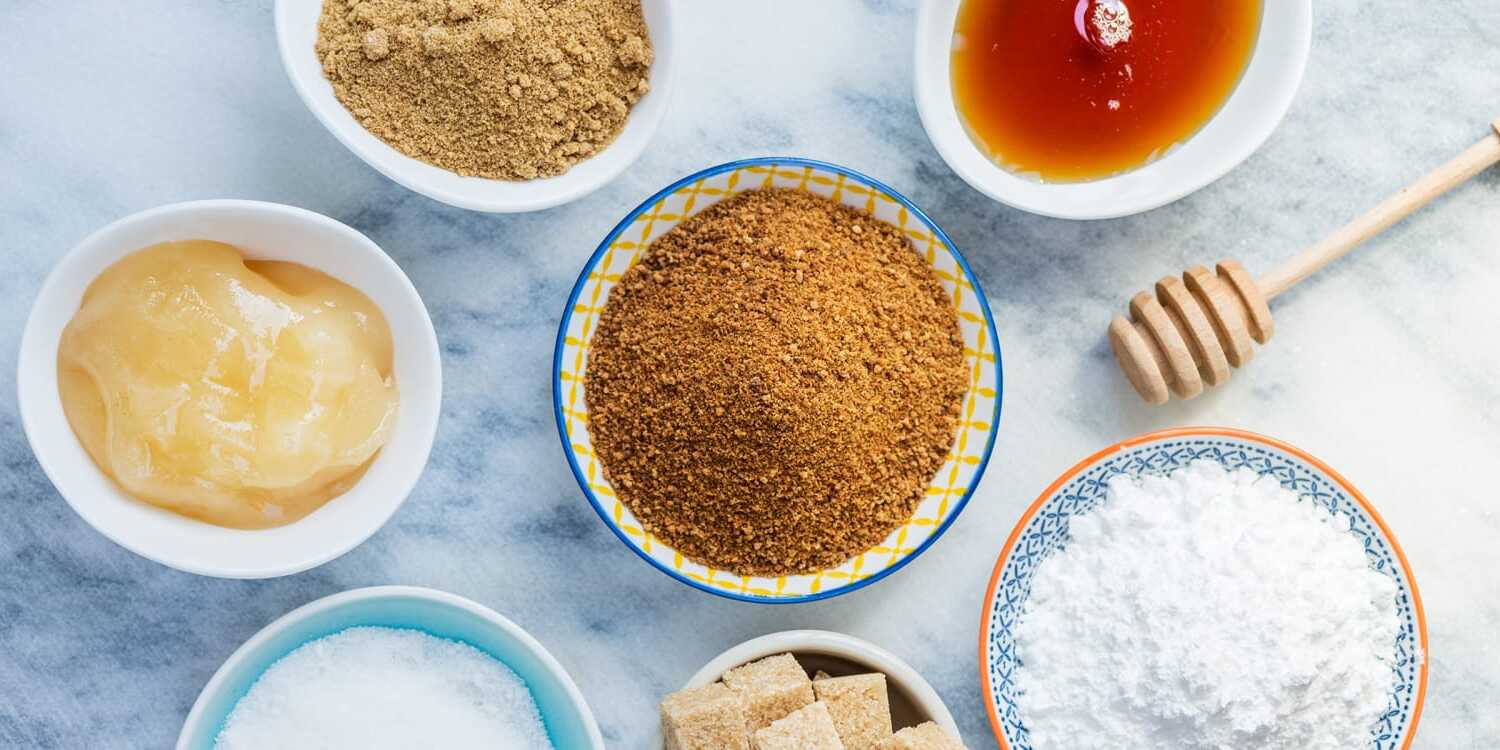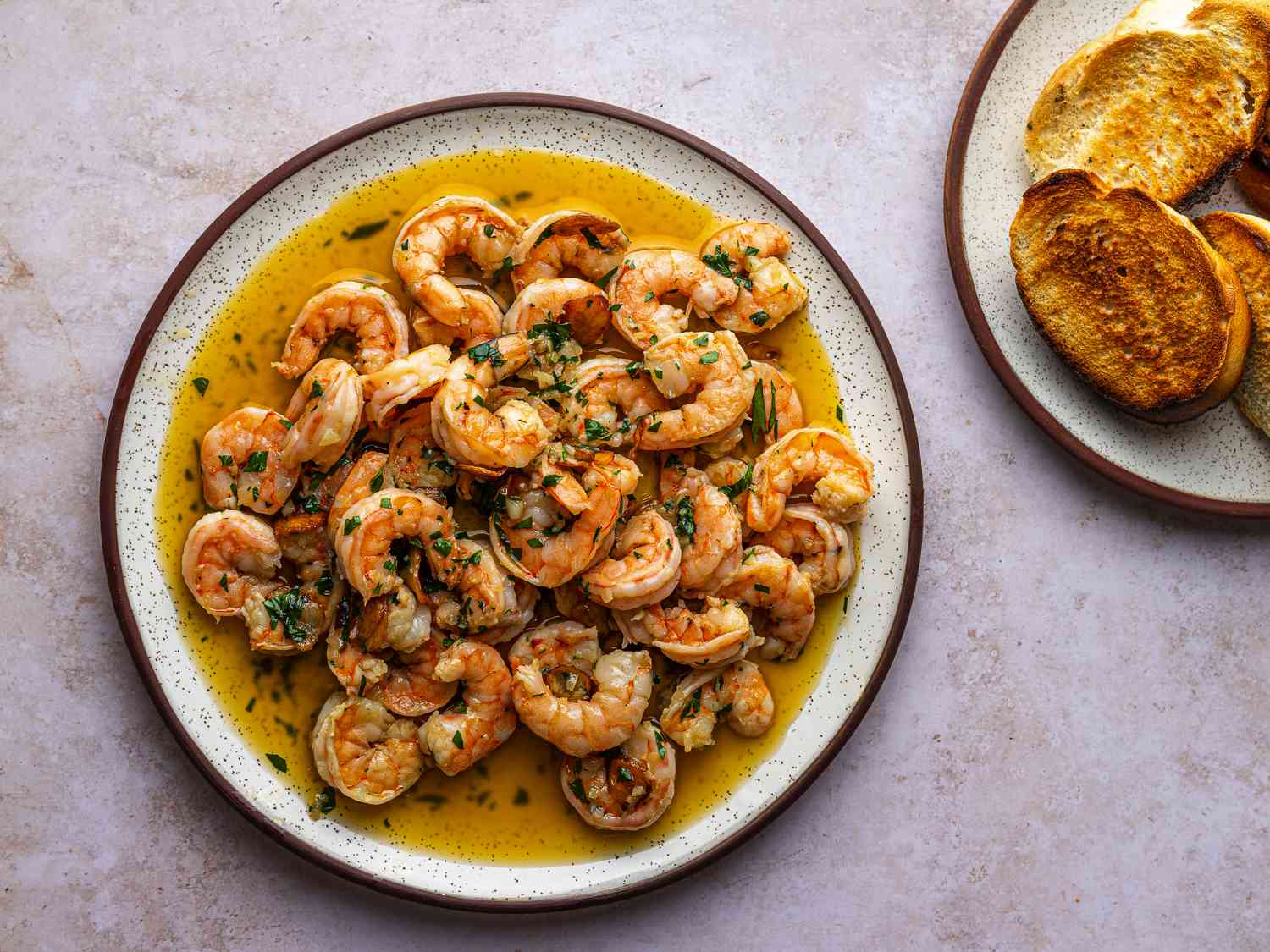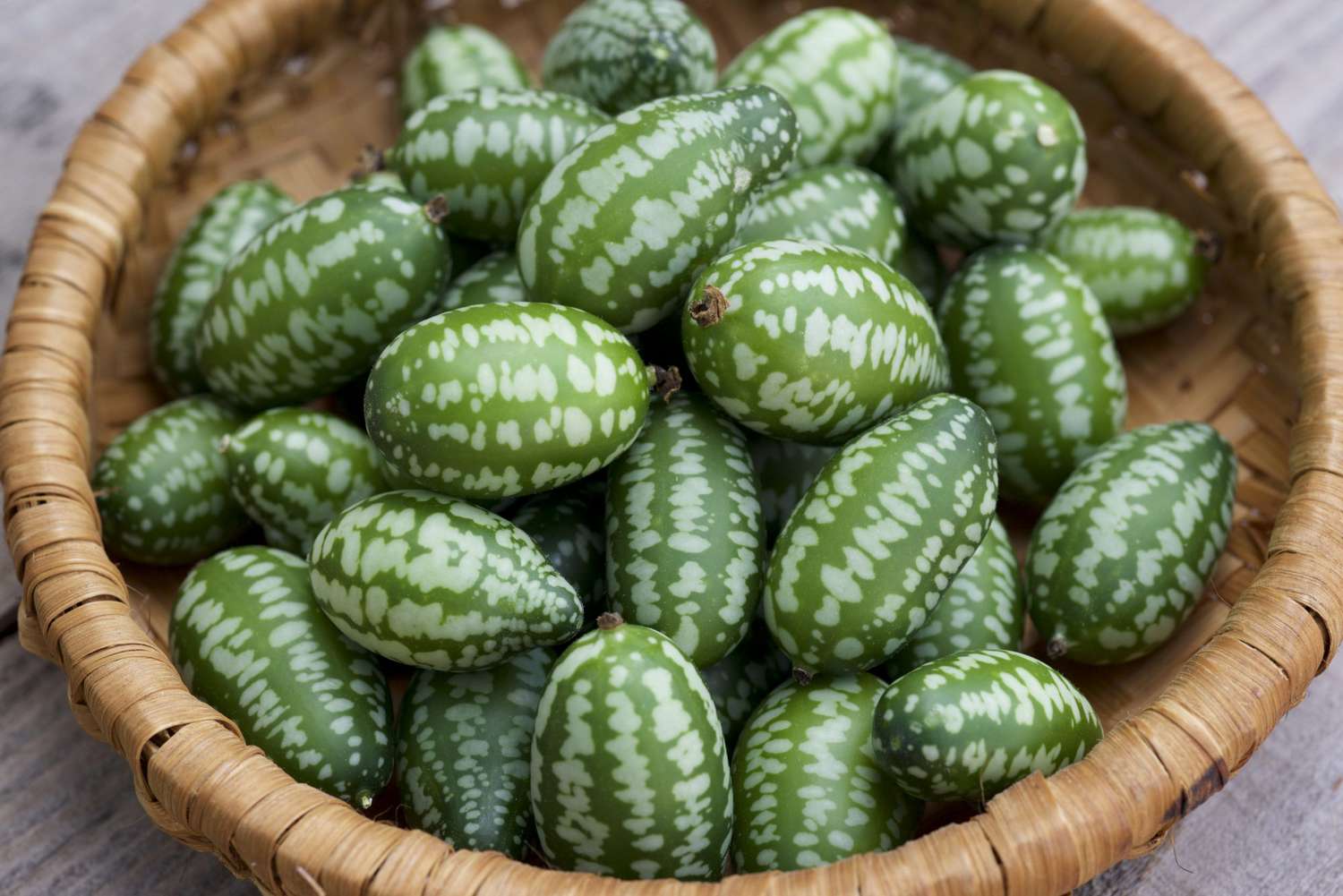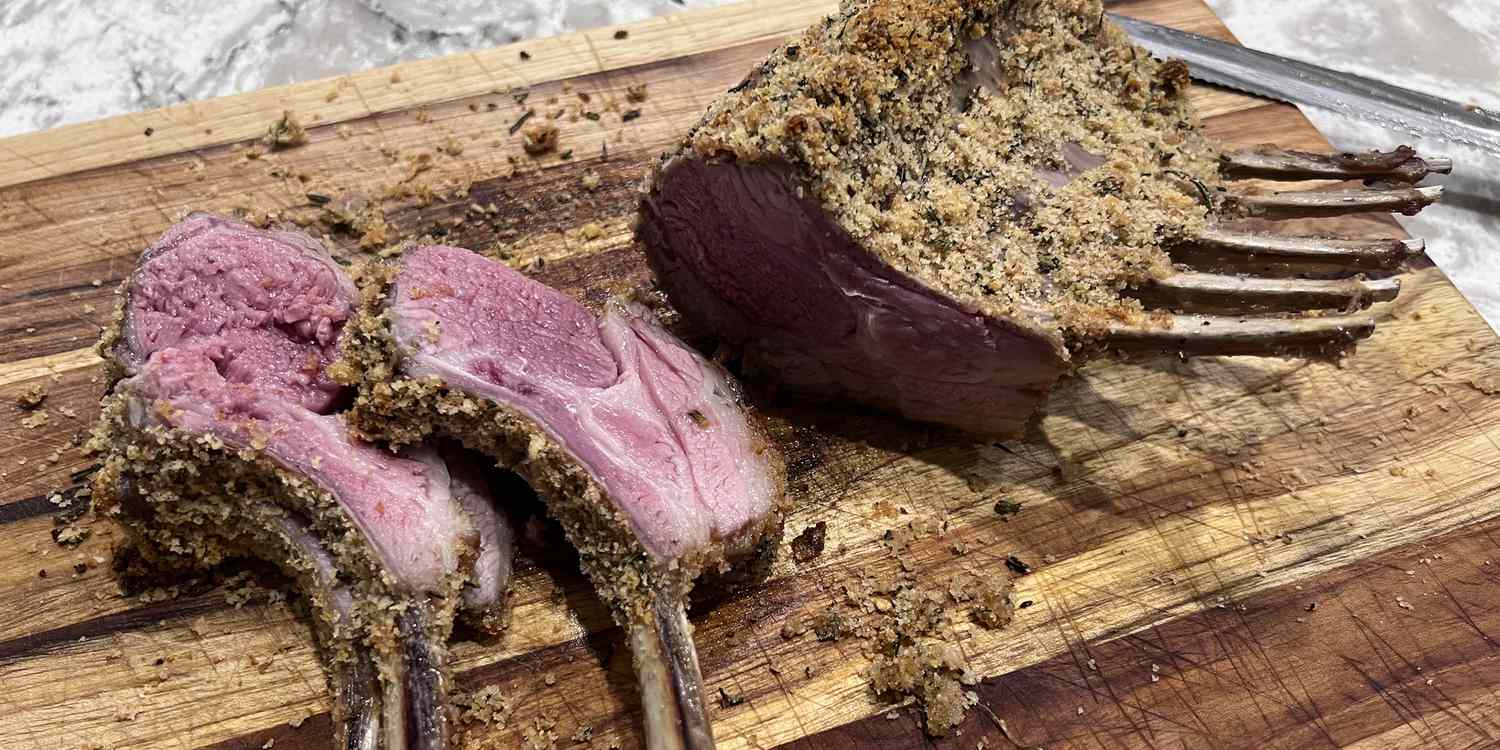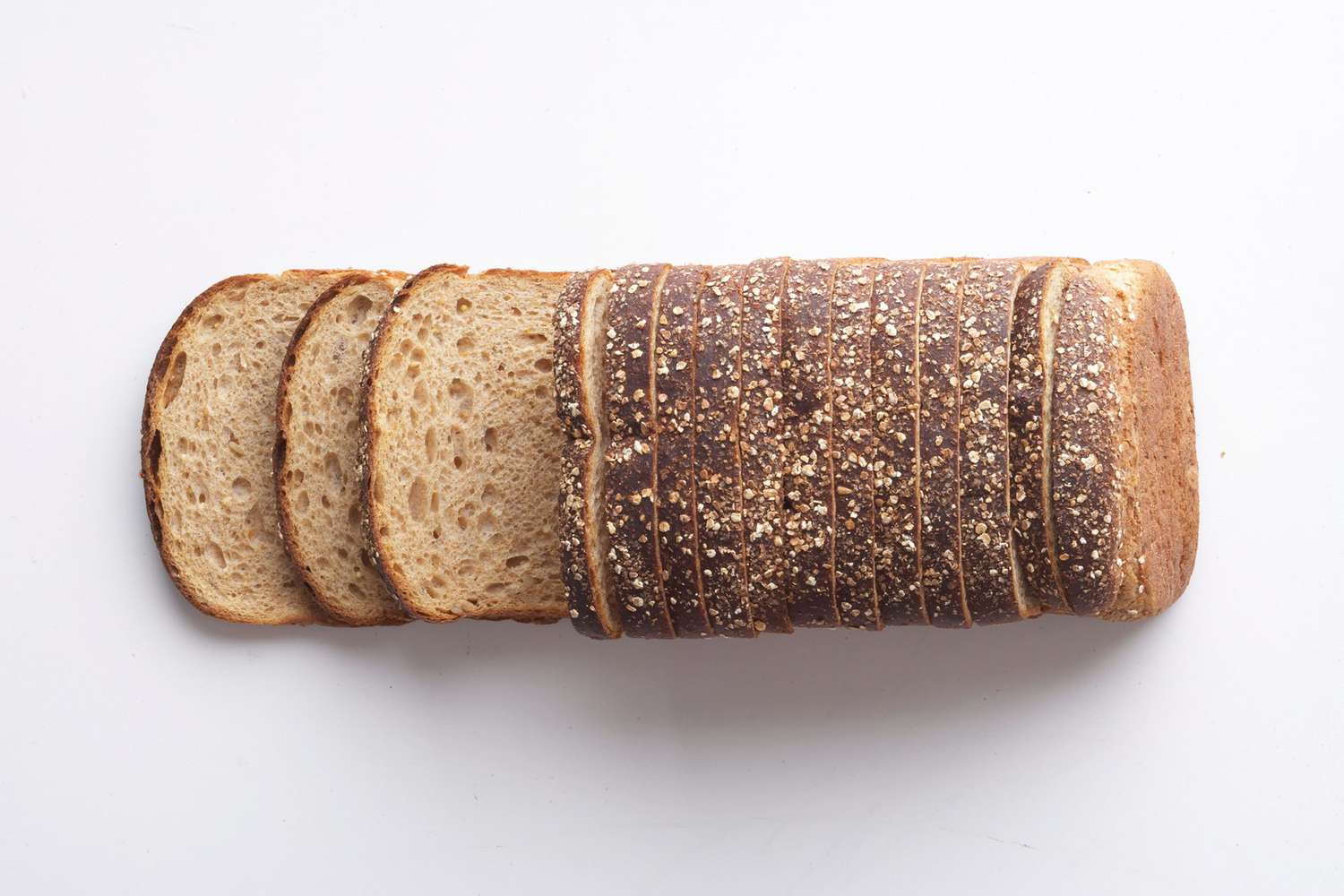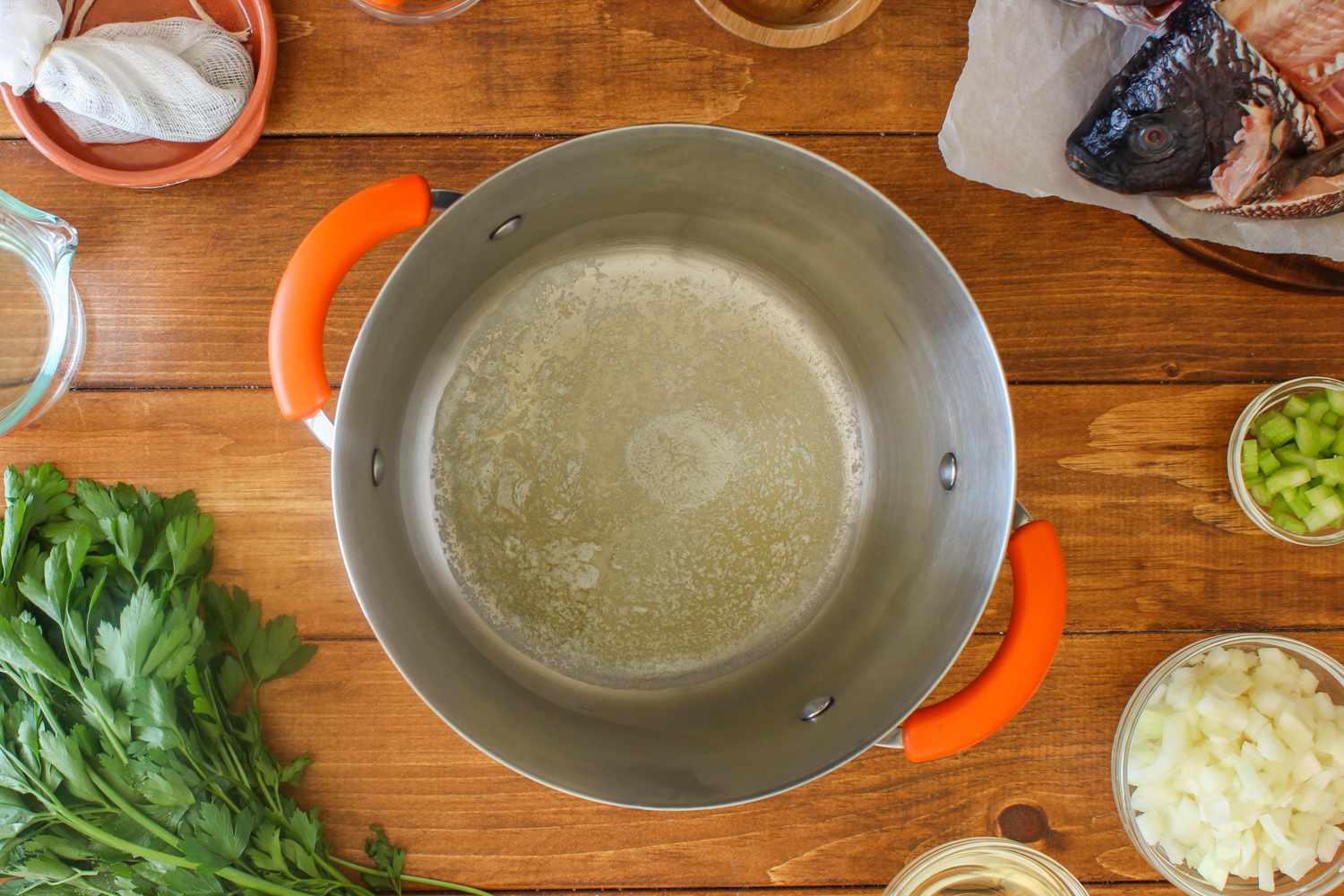Understanding the Culinary Term “Mince” in Cooking
When it comes to cooking, there are many terms and techniques that may seem unfamiliar at first. One such term is “mince.” In the culinary world, mincing is a fundamental technique that involves finely chopping food into tiny, uniform pieces. Let’s delve into the definition of mince in cooking and explore how it is used in various recipes.
What Does Mince Mean in Cooking?
In cooking, mincing refers to the process of cutting food into very small pieces. This technique is commonly used with ingredients such as garlic, onions, herbs, and meat. The goal of mincing is to create finely chopped pieces that will blend seamlessly into the dish, adding flavor and texture.
How to Mince Food
There are several methods for mincing food, and the technique you use will depend on the ingredient and the desired outcome. Here are some common ways to mince food:
- Knife: Using a sharp chef’s knife, finely chop the food into small, uniform pieces. For garlic and herbs, you can also use a rocking motion with the knife to achieve a finer mince.
- Food Processor: A food processor can be used to quickly and efficiently mince ingredients such as onions and garlic. Simply pulse the food until it reaches the desired consistency.
- Grater: For ingredients like ginger or hard cheeses, a grater can be used to achieve a fine mince.
Recipes That Call for Mincing
Mincing is a common technique in a wide range of recipes, adding depth of flavor and aroma to dishes. Here are some examples of recipes that often call for mincing:
- Spaghetti Bolognese: Mincing onions, carrots, and celery forms the flavor base for this classic Italian pasta dish.
- Homemade Burgers: Finely minced garlic and onions can enhance the flavor of homemade burger patties.
- Herb-Roasted Chicken: Mincing fresh herbs like rosemary, thyme, and parsley can elevate the flavor of roasted chicken.
Benefits of Mincing
There are several benefits to mincing ingredients in cooking:
- Enhanced Flavor: Mincing releases the natural oils and flavors of the ingredients, intensifying their taste in the dish.
- Even Distribution: Finely minced ingredients distribute more evenly throughout the dish, ensuring a consistent flavor in every bite.
- Improved Texture: Mincing creates a finer texture, which can enhance the overall mouthfeel of the dish.
Conclusion
Understanding the definition of mince in cooking is essential for mastering various recipes and culinary techniques. Whether you’re mincing garlic for a savory sauce or finely chopping herbs for a vibrant salad, this fundamental skill plays a crucial role in creating delicious dishes. So, the next time you come across a recipe that calls for mincing, you’ll know exactly how to execute this technique with precision and confidence.

